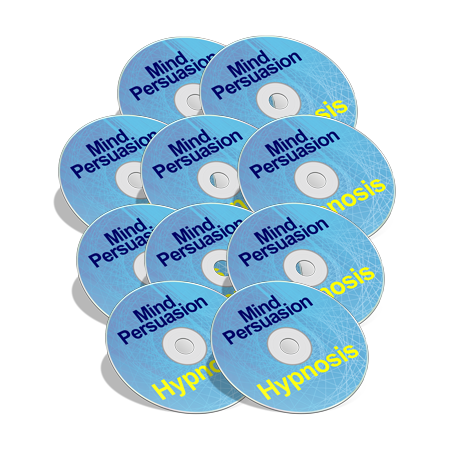One thing that confuses us humans is cause and effect.
Or more specifically, events that happen close together in time.
Much more often than is true, we tend to assume a causal link.
They’ve even shown that babies as young as six months demonstrate this.
They put a kid in front of a monitor, and they have two blips moving around.
Both are driven by two separate programs.
When both blips stop, it doesn’t cause the kid much worry.
The only thing that freaks the poor kid out is when one stops and the other doesn’t.
The researchers think this means the kid assumes there’s some kind of relationships between the blips.
So when one stops, and the other doesn’t, it messes up his “model of the world.”
As adults, we do this all the time.
It was what superstitions are made of.
The term, “Knock on wood” is from all the way back to when they thought evil creatures lived in trees, and you had knock on the tree to scare them away so they wouldn’t mess you up.
Another way this “cause-effect” misunderstanding pops up is when we try and put the cart before the horse.
Nobody is immune from this.
Even central bankers make this mistake.
Economists call it “pushing on a string.”
A causes B.
So they figure if they create B that will somehow make A happen.
This happens a lot when we consider human behavior.
We tend to copy “outer behavior” and wonder why we don’t get the same results.
That’s kind of like looking at a delicious cake, and thinking you can replicate it with ONLY the frosting.
You figure since the outer surface LOOKS the same, it will BE the same.
This is what happens when people try and copy outer behaviors with understanding what makes up the inner state.
More often than not, the outer behaviors are a natural OUTCOME of the inner state.
But if you try and copy the outer behaviors without the inner state, it will come across as incongruent.
The paradox is that with the right inner state, ANY outer behavior will do.
Kind of like a delicious cake.
The frosting, in many cakes, isn’t even needed.


One comment